If you take a closer look at Croatian bumper stickers, you’ll notice that there seldom are any to be seen at all. Not so for cars from Croatia’s third largest city, Rijeka. The sticker says: “Volim grad koji teče” – “I love the city that flows (runs)”. We did our best to bring the city at the Kvarner Bay closer to our visitors and to show you where the love and pride of the city’s people for Rijeka roots.
1 Rijeka, Fiume, Pflaum
Historically, the city was also called Tharsatica, Vitopolis, or Flumen in Latin. The city is called Rijeka in Croatian, Reka in Slovene, and Reka or Rika in other Croatian dialects. It is called Fiume in Italian. All these names mean river in their respective languages. Meanwhile, Hungarian has adopted the Italian name while in German the city has been called Sankt Veit am Flaum or Pflaum.
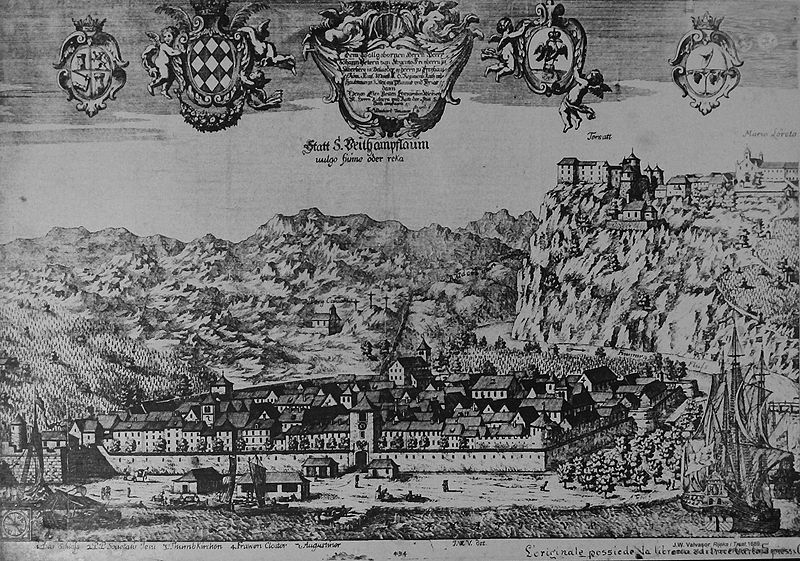
2 European Cultural Capital 2020
Let’s begin with the most recent development. In the year 2020, it’s Croatia’s turn to for a city of the country to be named the European Cultural Capital. Earlier this year, the city of Rijeka has been awarded the honour. Objectively seen, the cities of Pula, Rijeka, Zadar, Split, Osijek, Varaždin, Đakovo and especially Dubrovnik and Croatia’s capital of everything – Zagreb, presented some very tough competition, but Rijeka’s bid, branded “Port of Diversity”, won clearly. The bid was aimed at creating a city of culture and creativity for Europe and the future, something Rijeka has been well on the way of becoming long before the bid.
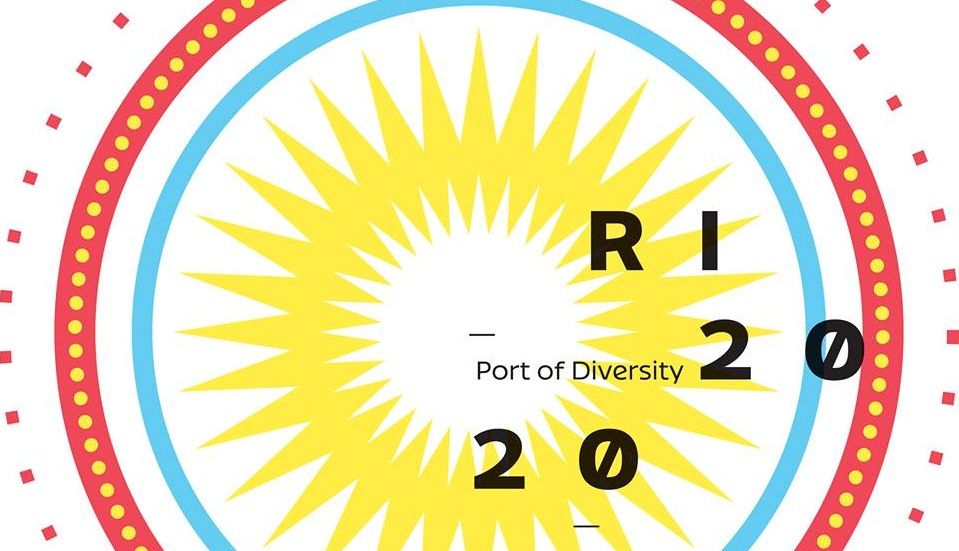
3 Part of 12 States within the Past Century
A reason why Rijeka is one of the most hospitable and welcoming cities of this part of Europe lies in the fact that the city has been part of 12 different states within the past century. People here have learned to respect others for who they are and not for from where they are and what they look like. Someone born here in 1913 and alive in 1991 would have been travelling without moving through the following states: the Austro-Hungarian Monarchy, the State of Slovenes, Croats and Serbs, the Kingdom of Serbs, Croats and Slovenes, the Italian Regency of Kvarner, the Free State of Rijeka, the Kingdom of Italy, the Kingdom of Yugoslavia, the Independent State of Croatia, the Third Reich, the Socialist Federal Republic of Yugoslavia and finally, the Republic of Croatia.
4 The Architecture
As Pula and other coastal cities which were once part of the Austro-Hungarian Empire, Rijeka’s architecture is dominated by buildings of that time and the city offers and interesting mixture of a Mediterranean port city and the continental architecture as found in Vienna, Budapest and Zagreb. The other period which determined how Rijeka looks today are the buildings and skyscrapers built after World War II in socialist Yugoslavia when the population of the city tripled in the period after WW II and 1970 due to the city’s rapid industrial development. The industrial architecture is also vast and epochal.
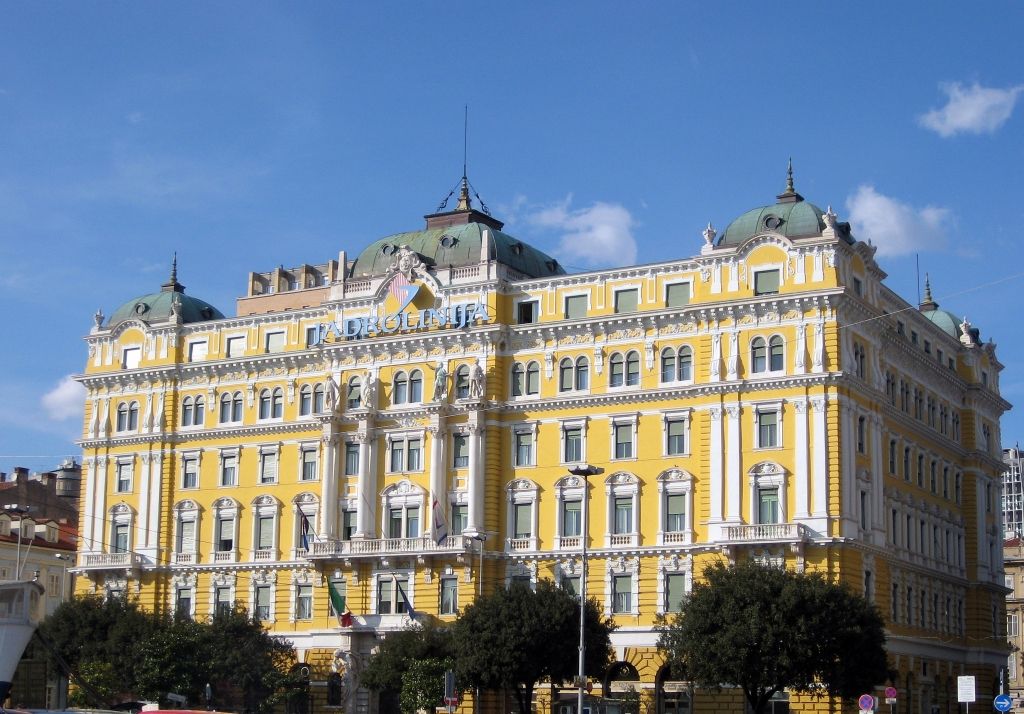
5 A Dividing Wall Long Before Berlin
The city's turbulent history in the past century has caused a division of the city in two parts along the city’s Dead Channel. Between the two World Wars the city has been divided by a barbed wire fence. The conflict between the Kingdoms of Yugoslavia and Italy and the arrival of the Partisan Army after World War II have caused an exodus of some 50,000 Italians.
6 The Port of Rijeka
Rijeka’s geographical position at the Kvarner Bay led to the development of the Port of Rijeka, Croatia’s biggest and most important commercial port and one of the key elements in the industrial growth of the city. The first record of a port in Rijeka dates back to 1281, when the Great Council of the Republic of Venice reported a conflict of Venetian merchants and ship owners from Zadar and Rab. In 1719, the Port of Rijeka was granted a charter as a free port. In 1913, under Hungarian rule, the port ranked tenth in Europe. Rijeka is Croatia’s largest port and was also the largest in former Yugoslavia. The port has a great chance in becoming one of the more significant ports in Europe as investments, Chinese amongst others, in the port itself and in the railway networked are planned to begin soon.
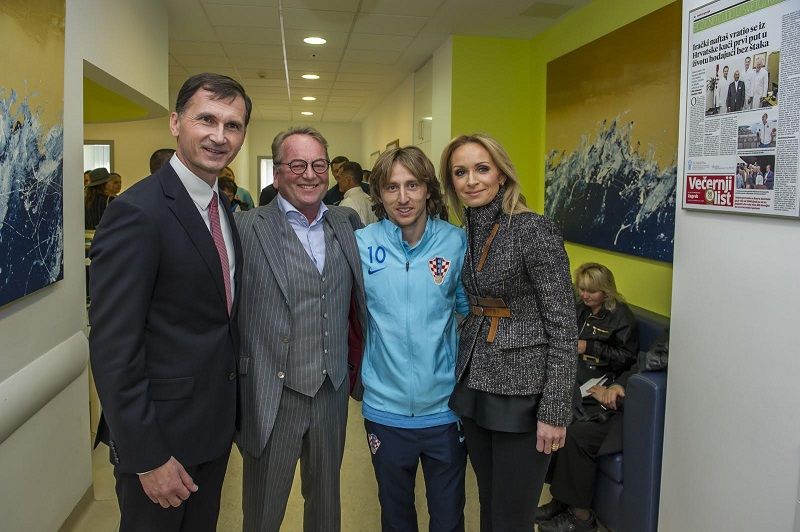
7 Trsat
Let’s turn more to the fun, vivid, alternative Rijeka, its sights and nature and why it is one of the most underestimated places to visit in Croatia. Trsat is the ideal place to begin. Mentioned for the first time in 799, Trsat is an ideal place for a walk, for having a coffee and sightseeing. Particularly the Trsat Castle which dates back to the prehistoric times when it was just a watchtower. Its present appearance is the merit of its last owner, Count Laval Nugent, who bought it in the first half of the 19th century, renovating it into a family mausoleum. Trsat is only 561 steps away from the centre of the city and a must see, not least for the fabulous view over the Kvarner Bay and its Islands. The nearby Shrine of Our Lady of Trsat, one of the oldest in Croatia, that in June 2003 was visited by the Pope John Paul II. Thousands of pilgrims visit Trsat each August 15, during the Feast of the Assumption.
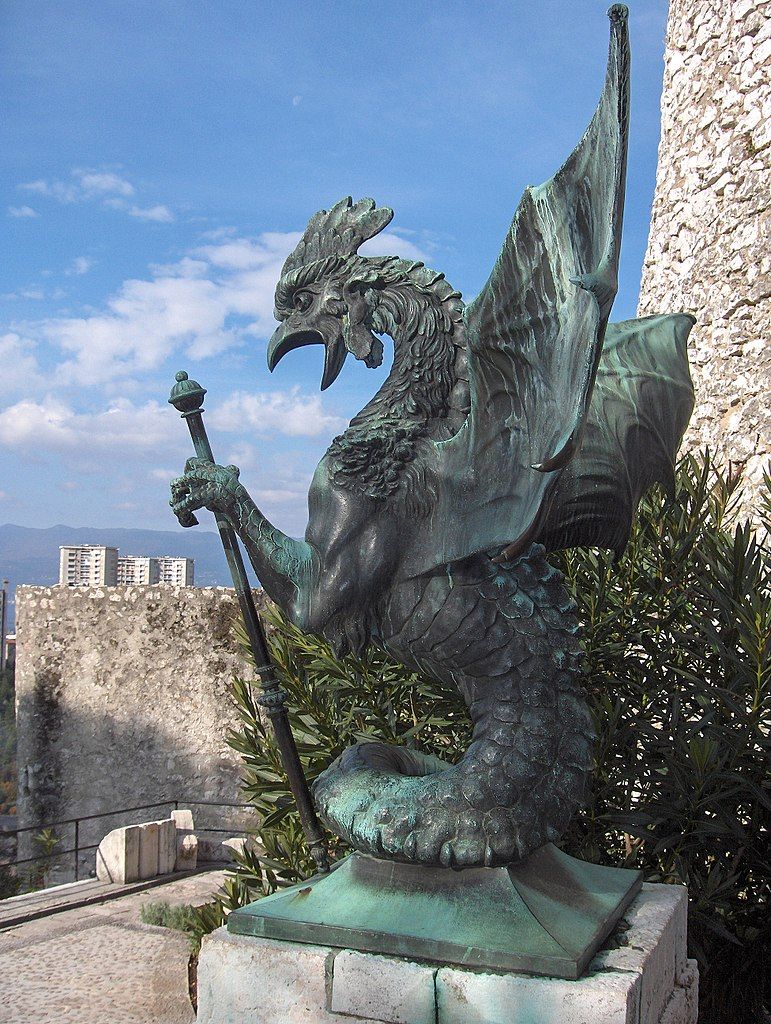
8 The Korzo
The city’s Korzo promenade is the centre of the city where everything happens. Stop at least once for a coffee at one of the terraces of numerous and picturesque café bars lined along this unusual promenade. Korzo is the place where people gather and move apart, where they hang out, do business, make acquaintances, but also go shopping. The Korzo is the equivalent to Split’s Riva and Dubrovnik’s Stradun, the heart of the city.
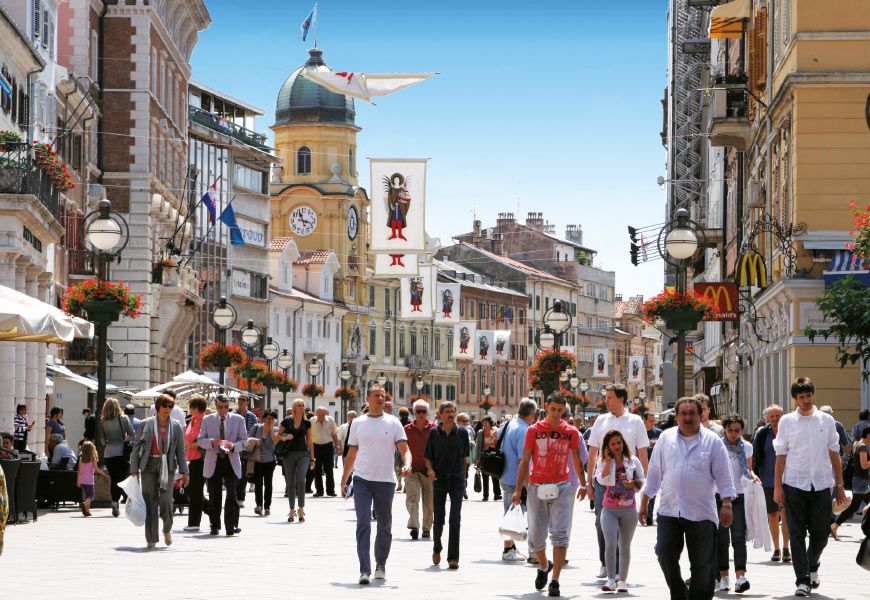
9 This City Rocks and Always Has
Thanks to people from all over the world reaching its port, Rijeka has always been trendy and ahead of times compared to the rest of the country, regardless of the historical era. In late 1950s and early 1960s Rock music had reached Rijeka, and it never left. The first Yugoslavian rock band, named Uragani (Hurricanes), has been founded here. And everything that happened afterwards, up until today is Croatian rock history, written not only by musicians but also by those who listened, loved and supported them. The first rock music festivals, live clubs and discos were opened in Rijeka. Croatian Punk and Hip-Hop began here and almost everything new, alternative and underground finds fruitful soil in Rijeka. All generations of the city are supporting new developments and tolerate more than other cities would.
10 The Rijeka Carnival
The city's trademark event is the annual carnival, an event which probably best shows the spirit of the city most people only pass by on their way to the South. The carnivals tradition lasts much longer than those made for tourist which keep popping up, and a carnival that doesn’t need paid animators. “Krepat, ma ne molat!” (“Die, but never give up” - partying) - is the motto that summarizes all the best that Rijeka Carnival represents. Despite its long history, a cheerful, stubborn, uncontrollable but also critical Carnival spirit shows no tiredness, but thrives from year to year, growing through a new generation of Carnival participants. One of the highlights of the carnival is the UNESCO Cultural Heritage protected Zvončari from Ronjgi.
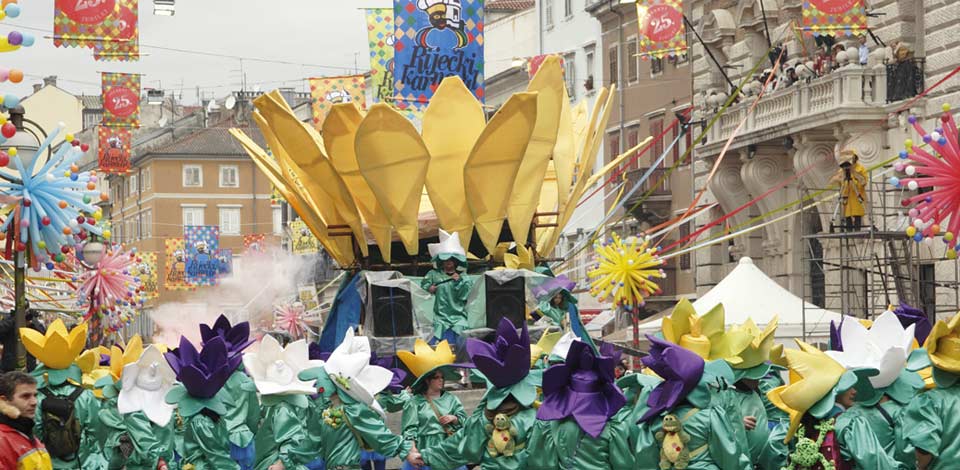
11 The Connection with the Titanic
The Carpathia sailed into history on 11 April 1912, when it departed from the Port of New York, heading for Rijeka with 700 passengers. In the night of 15 April, the routine work activities were suddenly interrupted with SOS signals. The ship heading for Rijeka was the first to help rescue passengers from the sunken Titanic. The Port of Rijeka had a regular ship connection with the Port of New York. The ships on that route transported economic emigrants from central Europe to the New World. The only lifejacket from the Titanic located in Europe is kept in Rijeka's Maritime and Historical Museum of the Croatian Littoral.
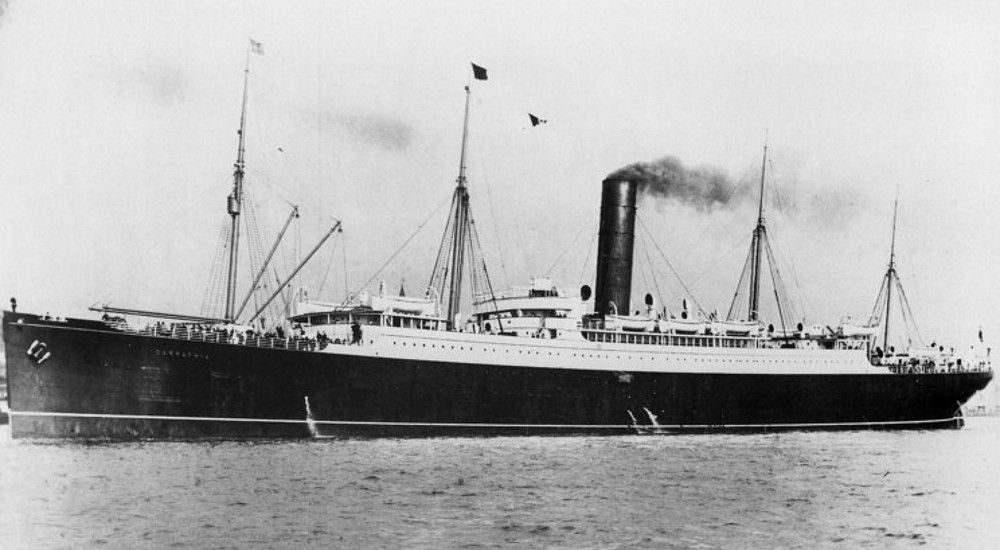
12 La Guardia
Speaking of New York, American Congressman and three-term Mayor of New York City (from 1934 to 1945) Fiorello Henry La Guardia stayed in Rijeka as the US consul and played at the Rijeka football club Atletico Fiumano. The city remembers him by having a street named after him.
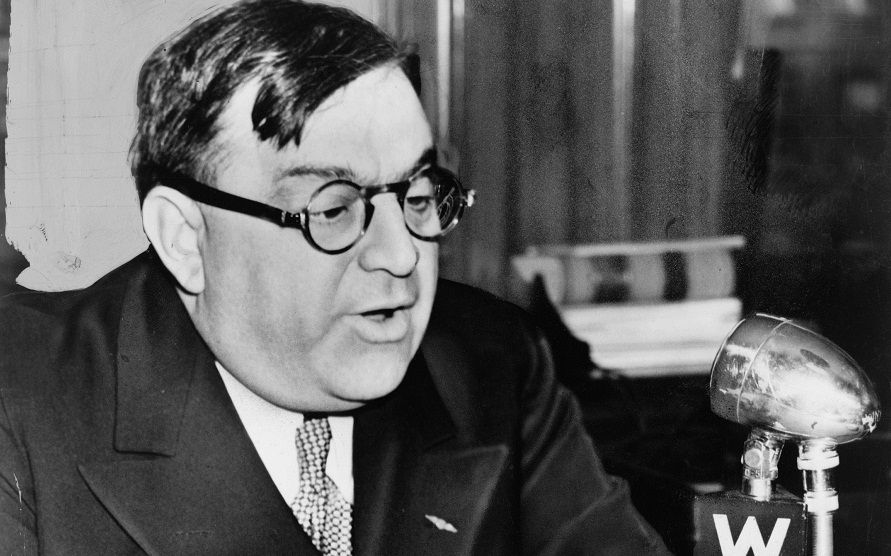
13 Janko Polić Kamov
The most famous writer and poet from Rijeka Janko Polić Kamov (1886-1910) has more than a street named after him. The poet died young, but has left a lasting impact on the people of the city and in Croatia. He saw himself as a revealer of bourgeoisie hypocrisy. His literary work was small, but very significant, because in his poems and plays he expressed his anger and displeasure over hypocrisy and injustice of his contemporaries in a way unprecedented in Croatian literature. His masterwork is a modernist novel Isušena kaljuža (‘The Dried Up Mire’). He died at the age of 24 in Barcelona and was buried at the hospital cemetery near Hospital de la Santa Creu. A Janko Polić Kamov statue (a copy of the one in the city) has been revealed in Barcelona at the hospital where he died this month, May 2016.
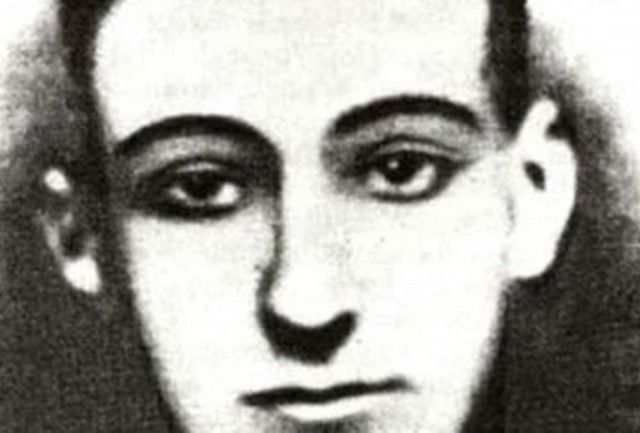
14 Karolina Riječka - Carolina of Rijeka
Karolina Riječka is a heroine in the city, and every child knows the story about the 22-year-old woman who saved the city from destruction in 1813, when the British Navy appeared in the Port of Rijeka. At first the citizens of curiously observed the newcomers, thinking they wanted to renew their water supplies. A sudden broadside salvo made them take cover. The fire was returned from one of the city’s towers, and the enemy was hit. It didn’t help. Once the land cannons were silenced, 22 boats with smaller cannons and almost 600 British soldiers disembarked. The British Navy believed that Napoleons troops were still in the city, but they had already left. Amidst all that chaos, Karolina emerged and began walking towards the British troops. She was very calm and her intention was to reach the commander of the conquering forces who was close to the artillery battery not far from the city centre. Her mission was successful.
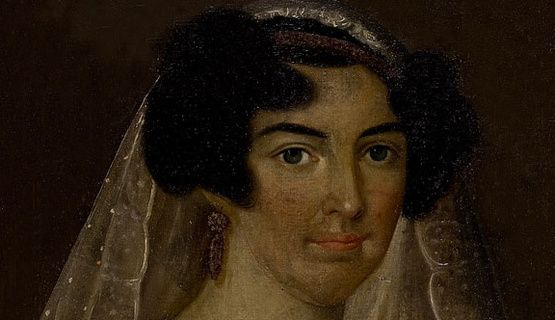
15 Georg Ludwig von Trapp in Rijeka
Georg Ludwig Ritter von Trapp, the most decorated submarine captain of the Austro-Hungarian Navy, is another famous persona which lived in Rijeka. He attended the Naval Academy in Rijeka. At the shipyard in Kantrida, where the submarines were launched, he met and fell in love with Agathe, the granddaughter of Robert Whitehead (inventor of the torpedo in Rijeka), and they married on 10th January 1911 in Rijeka. In the 1960s the von Trapp’s served as inspiration for one of the best musical films of all time ‘The Sound of Music’, starring Julie Andrews and Christopher Plummer.
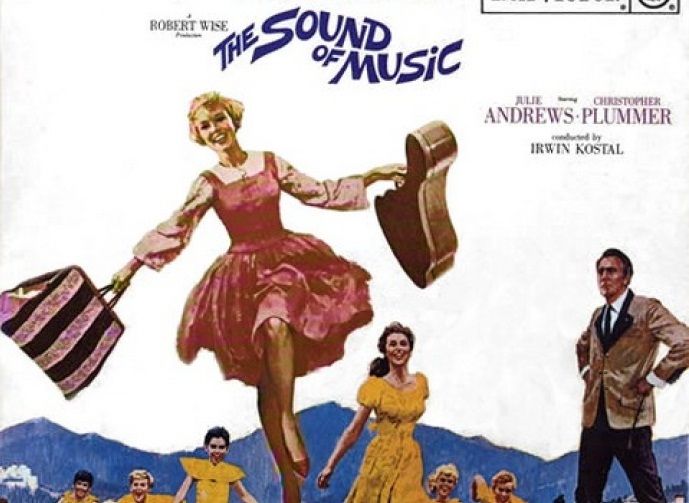
16 Rijeka and Technology and Inventions
Besides the mentioned torpedo, Rijeka’s engineers and scientists have contributed to the development of the city and the industry by many innovations, as a side note – Nikola Tesla’s sister lived inRijeka. The first Croatian steamship was built in Rijeka. In 1852, the first gas production plant in South East Europe began production here. The first film in Croatia has been filmed in Rijeka in 1909. In 1937 Gino and Oscar Jankovits from Rijeka designed, constructed and tested the first car in Croatia. It was the Alfa Romeo Aerospider. It was the first vehicle in the world with fitted door handles and lights in the chassis, the first with the steering wheel in the centre, the first with the engine placed centrally at the rear, the first with a horizontally placed radiator and it could reach a speed of 230 km/h.
17 Racing in Rijeka
Speeds of 230 km/h and more can be reached at the Automotodrom Grobnik, 18 kilometers from Rijeka. Racing sports in Rijeka and the Kvarner region have a long tradition and a history that goes as far as beginning of last century. Racing events at the Automotodrom Grobnik in 1978. Fans of racing sports will be thrilled with numerous national and international races of motorcycles and cars in different classes that Grobnik circuit offers. Professional teams from Croatia but also from all over Europe come to Automotodrom Grobnik for training, testing and of course racing purpose.
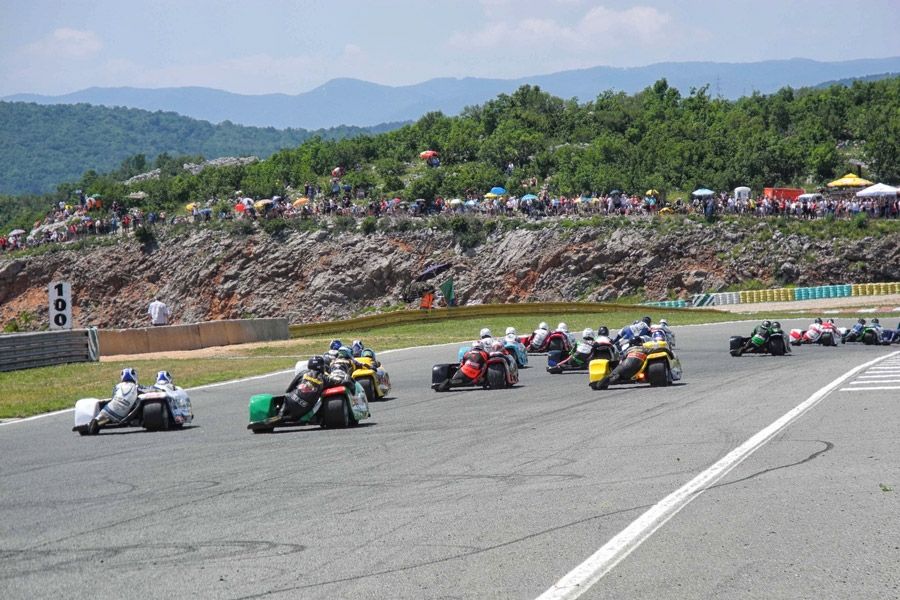
18 Skiing, Hiking, Mountain-Biking Around Rijeka
If you prefer to reach high speeds without the help of engines, no problem, go skiing. Yes, near Rijeka. You can reach Platak within 30 minutes from Rijeka and enjoy skiing with sea view from there, or enjoy a hike along marked hiking paths near the Risnjak National Park. Platak also offers great paths for mountain biking. Gravel roads at Platak are excellent for mountain biking or an easy walk through the nature, and the mountain houses are open during the whole year. Another popular hiking route is the marked walking-excursionist trail called “Promenade along the Rječina River”, from Trsat to the spring of Rječina. The most important features of this karst river are the fervent well spring, the deeply indented canyon, waterfalls and rapids. The Rječina Canyon is a protected natural area.
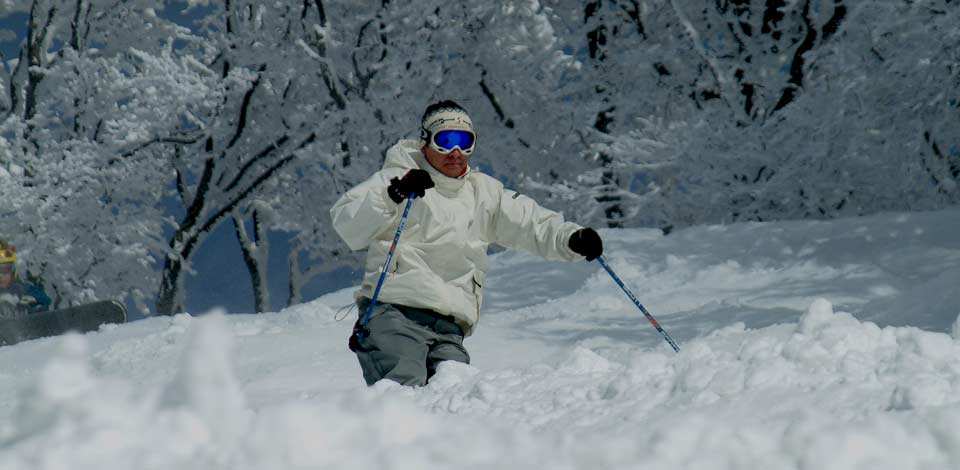
19 Rijeka’s Beaches
Since you will probably more likely visit Rijeka and the Kvarner region during the summer, the city has a number of great beaches, some of which are only a few kilometers away from central Rijeka and you can even reach them by public transport. Two Rijeka beaches, Ploče and Kostanj are the proud owners of Blue Flags, the finest proof of the cleanliness of Rijeka's sea. The most popular beaches, besides the two mentioned, of the city are Skalete and Glavanovo. The beaches offer the same variety of pebbly, rocky, crowded and hidden beaches as you are used to from the rest of the Croatian coast.
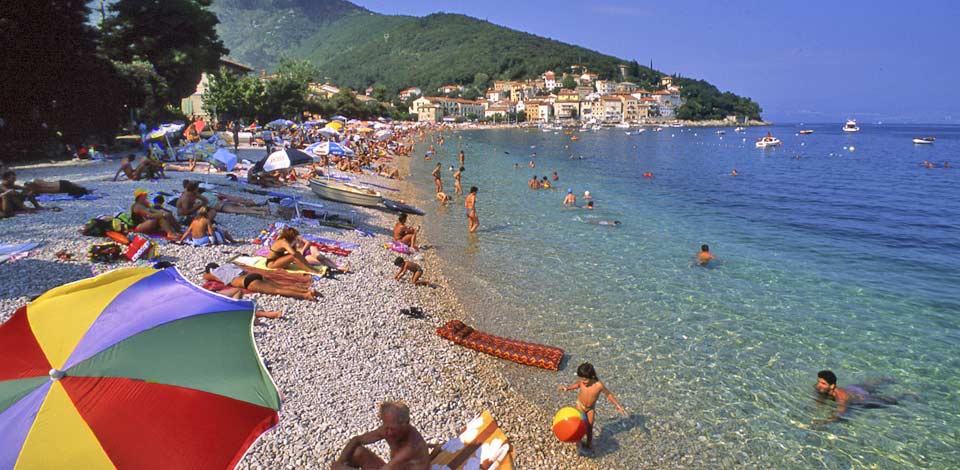
20 Sports in Rijeka
Over 20 athletes from Rijeka have won Olympic medals and they are all remembered and honored by their city. That said, let’s talk football. The HNK Rijeka is one of the few professional teams in Croatia which are privately owned. It is one of the most successful clubs in Croatian football and all fans of the game in Croatia hope to see them knock the HNK Dinamo off the throne. This year they put up a good fight, but to the disappointment of their fans something is still missing for the final step. In 1984, the NK Rijeka beat Real Madrid at their legendary seaside Kantrida Stadium 3:1, as part of the UEFA Cup (the older ones will remember) competition. Everyone over 30 in Rijeka claims to have been amongst the 25,000 at the stadium that night.
21 The Kantrida Stadium
The Kantrida Stadium is the home of the city’s pride, the HNK Rijeka football club. It is one of Croatia's unique stadiums and is located in the borough of Kantrida, in the western part of the city of Rijeka on the way to Opatija. It is placed between the seashore and steep cliffs. This sports arena is special thanks to its surroundings – the beauty and atmosphere created by the old stone quarry ("kave"). It was opened on 1 June 1913. The legendary stadium is currently undergoing through reconstruction, thanks to the Italian investor in the HNK Rijeka.
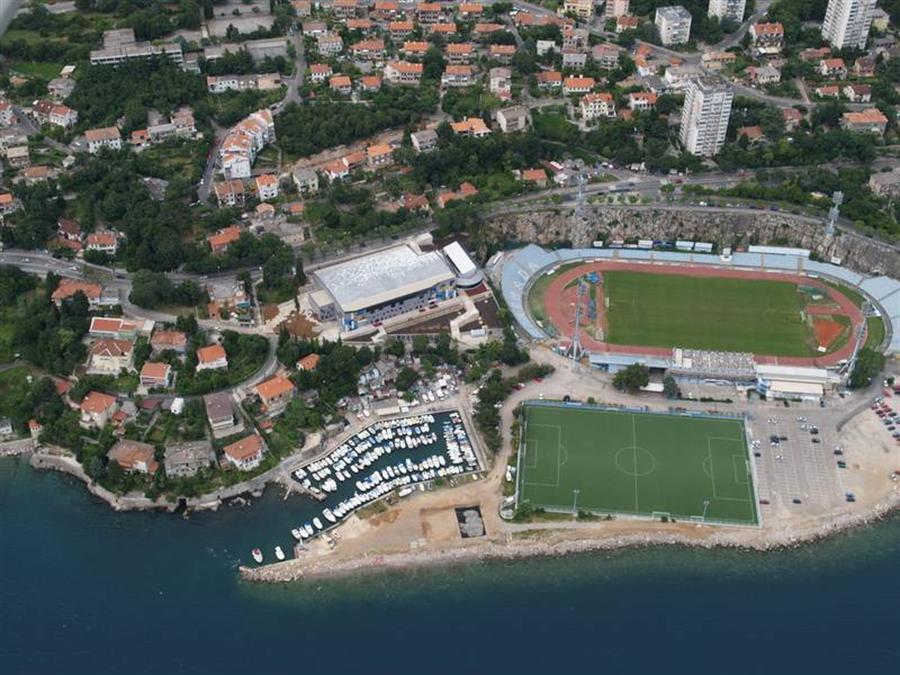
22 Rijeka’s Surroundings
There is a lot to do and see in and around Rijeka, within 30 minutes from Rijeka, you can reach many of the well-known places of the Istria and Kvarner regions. Some of them will be featured in their own respective “25 Things” posts. One of the country’s most elegant, impressive and oldest touristic places, Opatija, is only a 10 kilometer drive from Rijeka away, it easily reachable by public transport. A bit further away and in the opposite direction, towards Dalmatia, you can visit the Novi Vinodolski Riviera. A bridge connects Rijeka to another popular tourist destination, the Krk Island. Kastav, Kostrena, the Učka Mountain, Crikvenica and the Gorski Kotar region are also an option for a short trip starting from Rijeka.
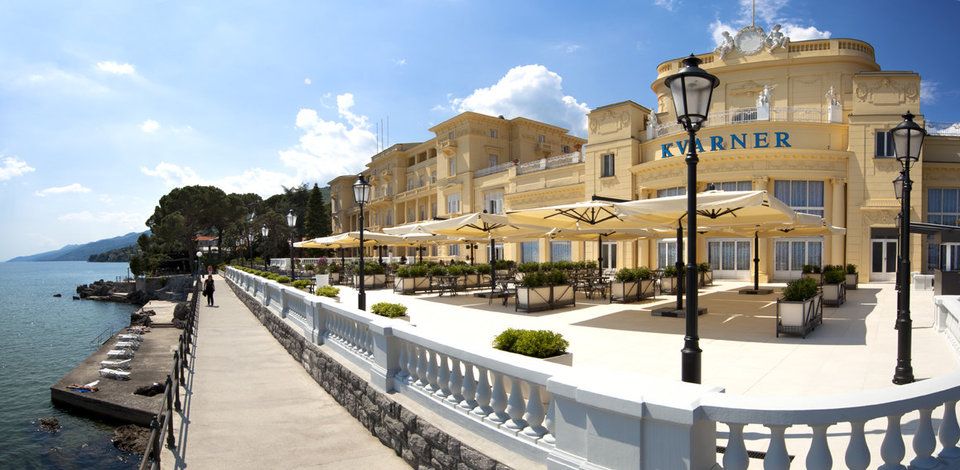
23 Morčić, Good Luck Charm and Ultimate Souvenir
The Morčić is one of the most recognizable symbols of Rijeka and the Kvarner region, especially so during the Rijeka Carnival of which it has been the official symbol and mascot since 1991. Morčić is a piece of original jewelry from Rijeka, Kvarner and Hrvatsko primorje, most frequently bought as earrings. Apart from its aesthetic and decorative function, it is also a sign of loyalty to the region. Earrings with the bust of a black Moor wearing a turban are today worn by 70% of the local women; regardless of their social status and nationality in the multiethnic Rijeka which boasts with as many as 22 national minorities. Apart from being a symbol of the history and tradition of our ancestors and skillful goldsmith’s hands, Morčić is also a symbol spreading positive energy.
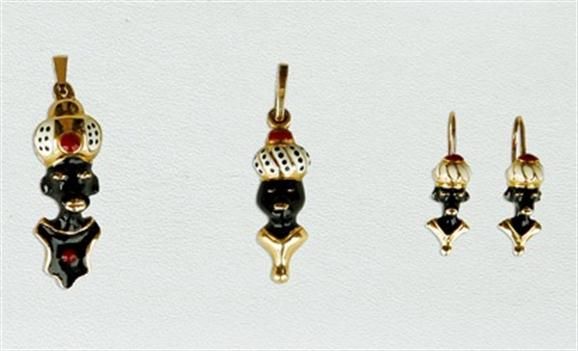
24 The Rijeka Market
The daily market in central is the second most important meeting point for the people of Rijeka, next to the previously described Korzo. It developed next to the sea shore, near the wooden pier, where the local fishermen used to unload their catch and take it in baskets to the market to sell. Fish, crabs and seashells were first sold in the open. In 1866 a fish market building was erected. If you are staying in Rijeka or one of the nearby tourist destinations, don’t miss the chance to experience the fish market and the other lively parts of the market and buy your food from locals.
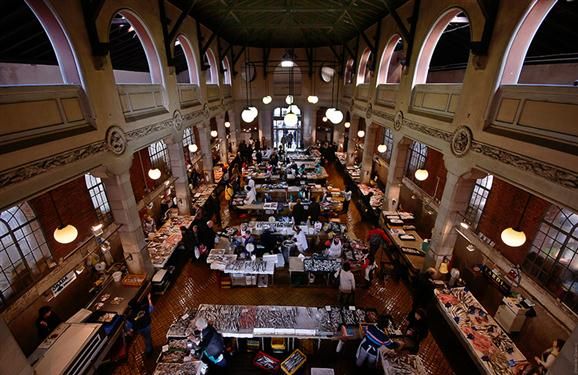
25 Rijeka is Authentic
Rijeka is a city with a turbulent history, influenced by monarchism, fascism and communism and has developed into a unique, multinational, multi-religious and multicultural city with a vivid cultural and artist scene. The city has never put much emphasis on tourism and this is what makes it even more interesting for someone visiting Croatia. Rijeka is authentic and a city of culture, creativity and innovation.


